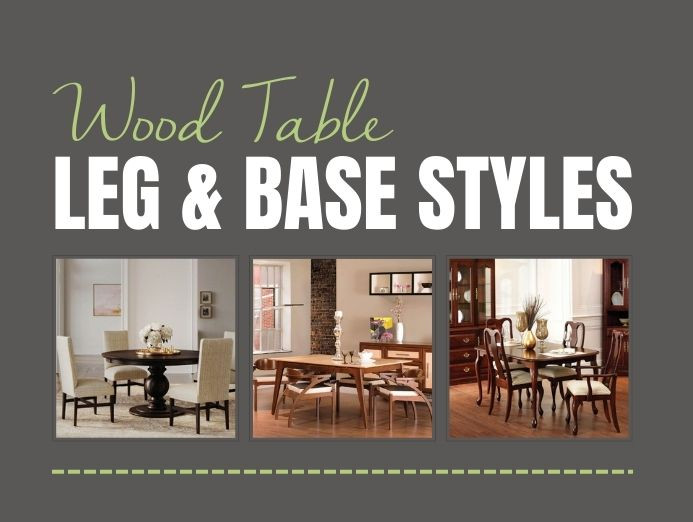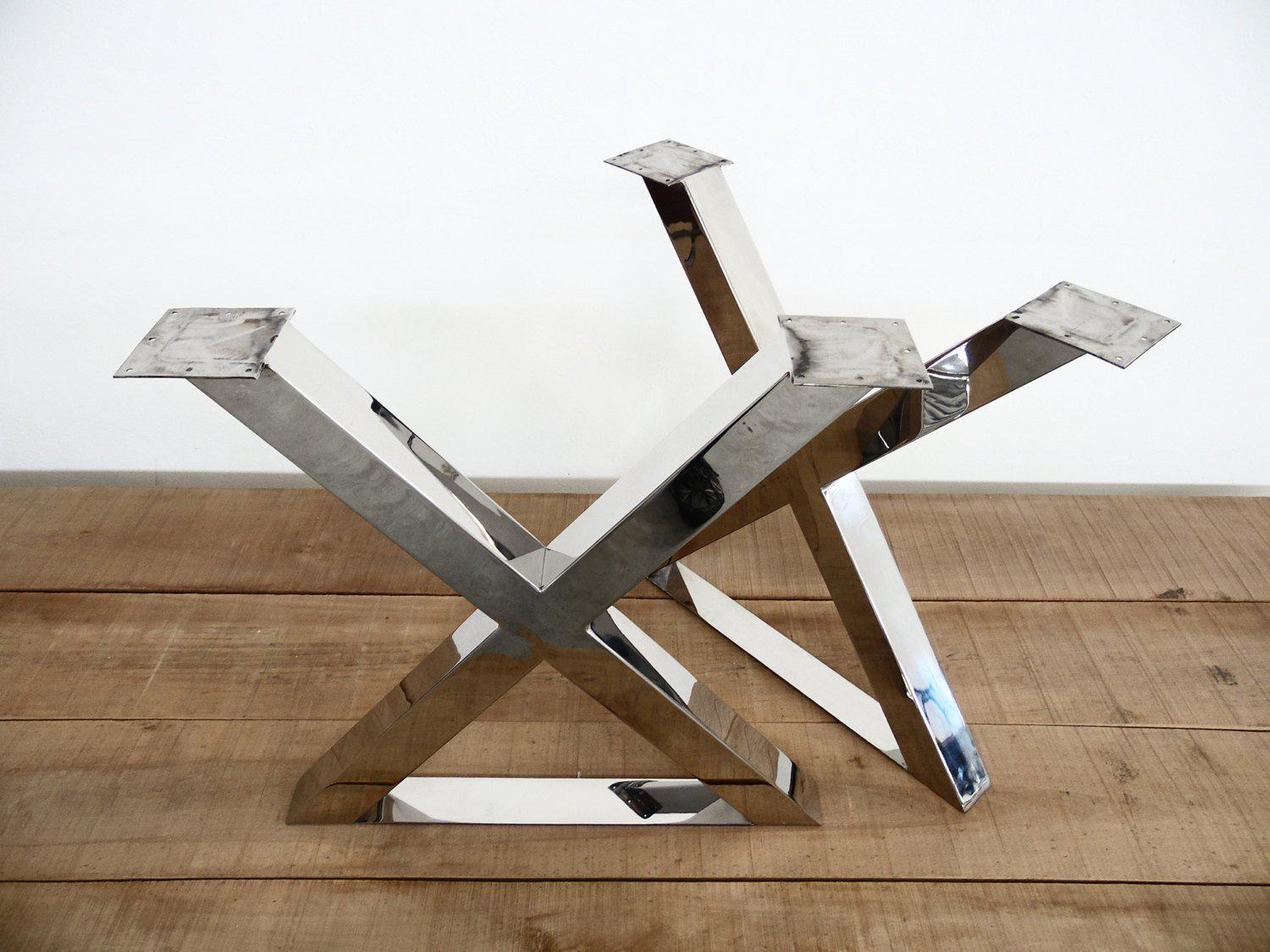Affordable and High-Quality Dining Room Table Legs for Every Budget
Affordable and High-Quality Dining Room Table Legs for Every Budget
Blog Article
From Typical to Modern: Locate the Perfect Dining Area Table Legs for Your Style
The selection of dining-room table legs plays an essential function in specifying the general character of your area, linking the space in between conventional workmanship and contemporary appearances. While timeless styles such as cabriole and turned legs evoke a feeling of classic elegance, modern styles like barrette and geometric options offer an opportunity for striking visual passion. Assessing the appropriate balance in between these designs calls for a nuanced understanding of your existing decoration and individual preference. As you consider these aspects, the question continues to be: just how can you seamlessly integrate these diverse leg styles to create an unified eating experience?
Comprehending Table Leg Styles
The range of dining-room table leg designs can substantially influence both the aesthetic appeals and performance of the space. Each leg style contributes one-of-a-kind functional features and visual aspects, catering to varied style preferences and use needs. Recognizing these designs is important for choosing the appropriate table that straightens with your general indoor style vision.
For circumstances, conical legs supply a clean, traditional appearance that can boost an area's style, while stand bases offer security and optimize legroom, making them suitable for smaller sized rooms. Hairpin legs, a trademark of mid-century modern design, introduce a commercial flair, permitting a ventilated, open feeling. Trestle legs stimulate rustic charm, offering durable assistance and a sense of eternity.
Furthermore, the option of materials plays a considerable function. Wooden legs can bring heat and appearance, whereas steel alternatives typically share a streamlined, contemporary ambiance. Inevitably, comprehending table leg designs is essential for creating a natural dining location that reflects individual design while making sure practicality and convenience. By attentively thinking about these elements, you can boost both the functional and aesthetic allure of your dining space.
Traditional Table Leg Options
When picking dining-room table legs, conventional alternatives frequently symbolize timeless style and craftsmanship. These styles mirror a rich heritage and a commitment to top quality, making them perfect for those that value timeless visual appeals.
Among one of the most famous traditional leg designs is the cabriole leg, defined by its stylish curved form. This layout usually features attractive makings and is most generally found in Queen Anne and Chippendale furnishings. Another preferred option is the turned leg, which flaunts a series of smooth, rounded shapes that supply a traditional look while preserving security.
Furthermore, the straight leg, while easy, provides a basic and strong structure that can mix effortlessly with a range of tabletop styles. For those attracted to ornate describing, claw-and-ball feet legs stimulate a feeling of grandeur and can offer as a stunning focal point in any kind of dining room.
Last but not least, stand bases, although not strictly legs, give an alternative typical option that enables ample legroom and can be perfectly sculpted. Each of these typical leg styles adds to the overall setting of a dining space, weding function with aesthetic allure.

Modern Table Leg Layouts
Modern table leg styles offer a diverse series of designs that emphasize cutting-edge materials and clean lines. These layouts typically focus on capability while acting as striking centerpieces within a dining area. Minimal aesthetics are common, with legs crafted from products such as steel, glass, and crafted wood, which contribute to a modern and ventilated feel.
One prominent style is the barrette leg, identified by its slim, conical framework that gives security without frustrating the table top (dining room table legs). This style is usually found in mid-century contemporary furniture and can effortlessly match different eating table shapes. An additional trend is using geometric forms, where legs may take on unbalanced or angular kinds, adding aesthetic interest and a touch of artistry

Mixing Styles for Special Areas
Commonly, homeowners look for to develop unique eating rooms that mirror their personal design by mixing different layout components. This approach permits for the unification of varied appearances, leading to a harmonious yet unique environment. As an example, combining a rustic wooden table with streamlined, modern-day metal legs can develop an appealing contrast that elevates the room's general appeal.
In addition, integrating vintage table legs with contemporary tabletops can stimulate a sense of history while preserving a modern sensibility. Such combinations not just display individual preference but likewise urge imagination, permitting property owners to curate an This Site area that feels both personal and inviting.
Shade plays an important role in this blending procedure; choosing table legs that complement or comparison with the existing shade scheme can boost visual passion. Whitewashed legs can soften the boldness of a dark table surface, creating a well balanced visual.
Tips for Picking the Right Legs
Selecting the right table legs is crucial for achieving both functionality and aesthetic appeal in your eating room. Begin by thinking about the general design of your area. Traditional settings profit from legs that feature intricate makings or transformed designs, while modern areas might require streamlined, minimal styles.
Following, examine the elevation and security of the legs. dining room table legs. Basic table range in between 28 to 30 inches in height, so make sure the legs enhance this measurement for convenience. Furthermore, robust products, such as hardwood or steel, can enhance stability and long life
Examine the leg shape also-- alternatives consist of right, tapered, or pedestal styles. Straight legs offer a traditional look, while conical legs can include a touch of sophistication. Pedestal bases supply adequate legroom and are suitable for smaller spaces.
Final Thought
In recap, picking the optimal dining-room table legs needs cautious factor to consider of both standard and modern designs. Traditional alternatives such as cabriole and transformed legs provide timeless sophistication, while modern layouts like hairpin and geometric shapes provide a contemporary touch. By integrating leg design, elevation, and material with the general décor, a natural and inviting ambience can be accomplished. Inevitably, the picked table legs need to mirror the preferred visual, boosting the dining experience within the area.
The variety of dining area table leg styles can considerably influence both the aesthetic appeals and functionality of the space. Ultimately, recognizing table leg styles is vital for producing a natural eating location that mirrors personal design while making certain usefulness and comfort.One of the most legendary conventional leg designs is the cabriole leg, identified by its graceful curved form. Straight legs offer a timeless look, while conical legs can include page a touch of elegance.In recap, selecting the suitable eating space table legs calls for cautious consideration of both contemporary and standard styles.
Report this page